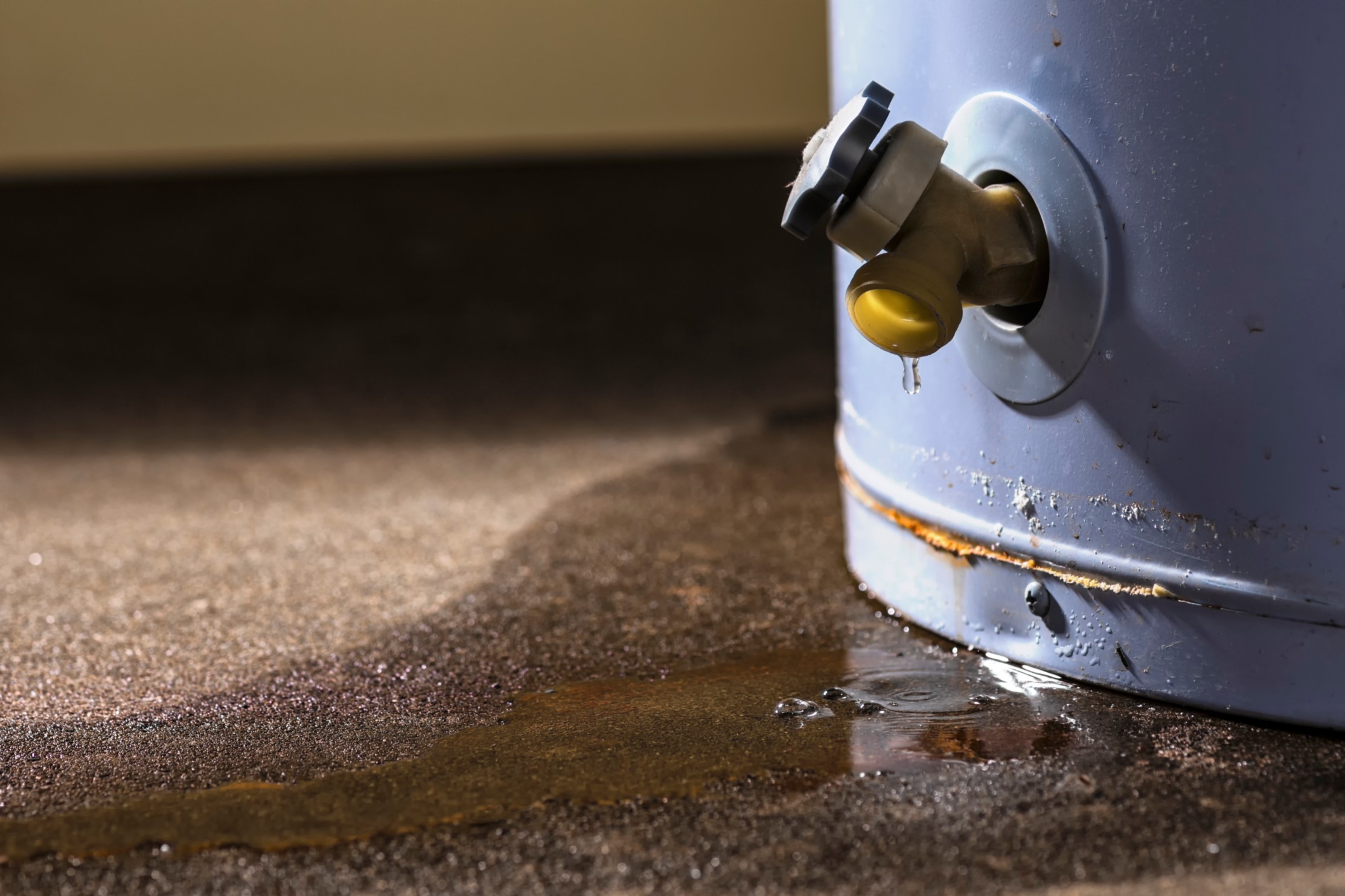Listed here further down you will find additional dependable guidance when it comes to How to Maintain a Hot Water Heater in a Few Simple Steps.

Hot water is essential for day-to-day comfort, whether it's for a revitalizing shower or cleaning dishes. To guarantee your hot water system runs successfully and lasts longer, routine maintenance is crucial. This short article provides functional tips and insights on just how to maintain your home's warm water system to avoid disturbances and costly repair services.
Introduction
Preserving your home's warm water system might appear challenging, yet with a few basic actions, you can ensure it runs efficiently for years ahead. This overview covers everything from comprehending your warm water system to do it yourself maintenance suggestions and understanding when to call specialist help.
Relevance of Preserving Your Hot Water System
Regular maintenance not only extends the life-span of your warm water system but additionally guarantees it runs effectively. Disregarding maintenance can cause lowered efficiency, higher power bills, and even premature failure of the system.
Indicators Your Hot Water System Needs Maintenance
Recognizing when your warm water system requires interest can avoid significant concerns. Keep an eye out for indicators such as inconsistent water temperature, unusual noises from the heating system, or rusty water.
Understanding Your Hot Water System
Before diving into maintenance tasks, it's practical to comprehend the basic components of your hot water system. Usually, this consists of the hot water heater itself, pipelines, anode poles, and temperature level controls.
Monthly Maintenance Tasks
Routine monthly checks can help catch small problems prior to they intensify.
Purging the Hot Water Heater
Purging your water heater gets rid of sediment buildup, boosting performance and lengthening its life.
Monitoring and Changing Anode Rods
Anode poles protect against corrosion inside the storage tank. Checking and replacing them when worn out is important.
Checking and Changing Temperature Level Settings
Adjusting the temperature setups makes sure ideal performance and security.
DIY Tips for Upkeep
You can do a number of maintenance jobs on your own to keep your hot water system in top problem.
Checking for Leaks
Regularly evaluate pipelines and connections for leaks, as these can bring about water damages and higher costs.
Checking Pressure Alleviation Valves
Checking the pressure relief valve ensures it operates properly and prevents too much pressure accumulation.
Insulating Pipelines
Insulating warm water pipes reduces warm loss and can save power.
When to Call an Expert
While DIY upkeep is useful, some issues need professional experience.
Facility Issues Calling For Expert Aid
Examples consist of major leakages, electrical troubles, or if your water heater is constantly underperforming.
Routine Expert Upkeep Advantages
Specialist upkeep can consist of extensive inspections, tune-ups, and making sure compliance with security requirements.
Final thought
Routine upkeep of your home's hot water system is crucial for efficiency, durability, and price savings. By adhering to these tips and understanding when to look for professional assistance, you can make certain a dependable supply of warm water without unanticipated disturbances.
How to Maintain an Instant Hot Water Heater
Before tinkering with your hot water heater, make sure that it’s not powered on. You also have to turn off the main circuit breaker and shut off the main gas line to prevent accidents. Also turn off the water valves connected to your unit to prevent water from flowing into and out of the appliance. 2. When you’re done, you have to detach the purge valves’ caps. These look like the letter “T” and are situated on either side of the water valves. Doing so will release any pressure that has accumulated inside the valves while at the same time avoid hot water from shooting out and burning your skin. 3. When the purge valves’ caps are removed, you have to connect your hosing lines to the valves. Your unit should have come with three hoses but if it didn’t, you can purchase these things from any hardware or home repair shops. You can also get them from retail stores that sell water heating systems. Read the user’s manual and follow it to complete this task properly. When the hosing lines are connected, open the purge port’s valves. 4. You should never use harsh chemical cleaners or solutions when cleaning your unit. Make use of white vinegar instead. It should be undiluted and you’ll probably use about 2 gallons. 5. Now flush your water heater. This task should probably take about 40 minutes. We can’t give you specific directions for this because the procedure is carried out depending on the type, model and brand of your heater. With that being said, refer to the user’s manual. 6. When you’re done draining the unit, you have to turn off the purge port valves again. Remove the hosing lines that you earlier installed on each of the water valves. Put the valve caps (purge port) back in their respective places and be very careful so as not to damage the rubber discs that are found inside these caps. 7. Now that everything’s back in place, check your user’s manual again to find out how to reactivate your water heating system. 8. Once it is working, turn one of your hot water faucets on just to let air pass through the heater’s water supply pipes. Leave the tap on until water flows smoothly out of it. https://www.orrplumbing.com/blog/2014/september/how-to-maintain-an-instant-hot-water-heater/

Hopefully you liked our article on How to Maintain a Hot Water Heater in a Few Simple Steps. Many thanks for taking a few minutes to browse our article post. Sharing is nice. One never knows, you may just be helping someone out. Thanks for being here. Please check our site back soon.
Schedule Service Now